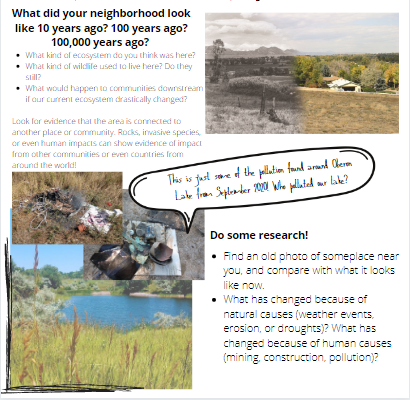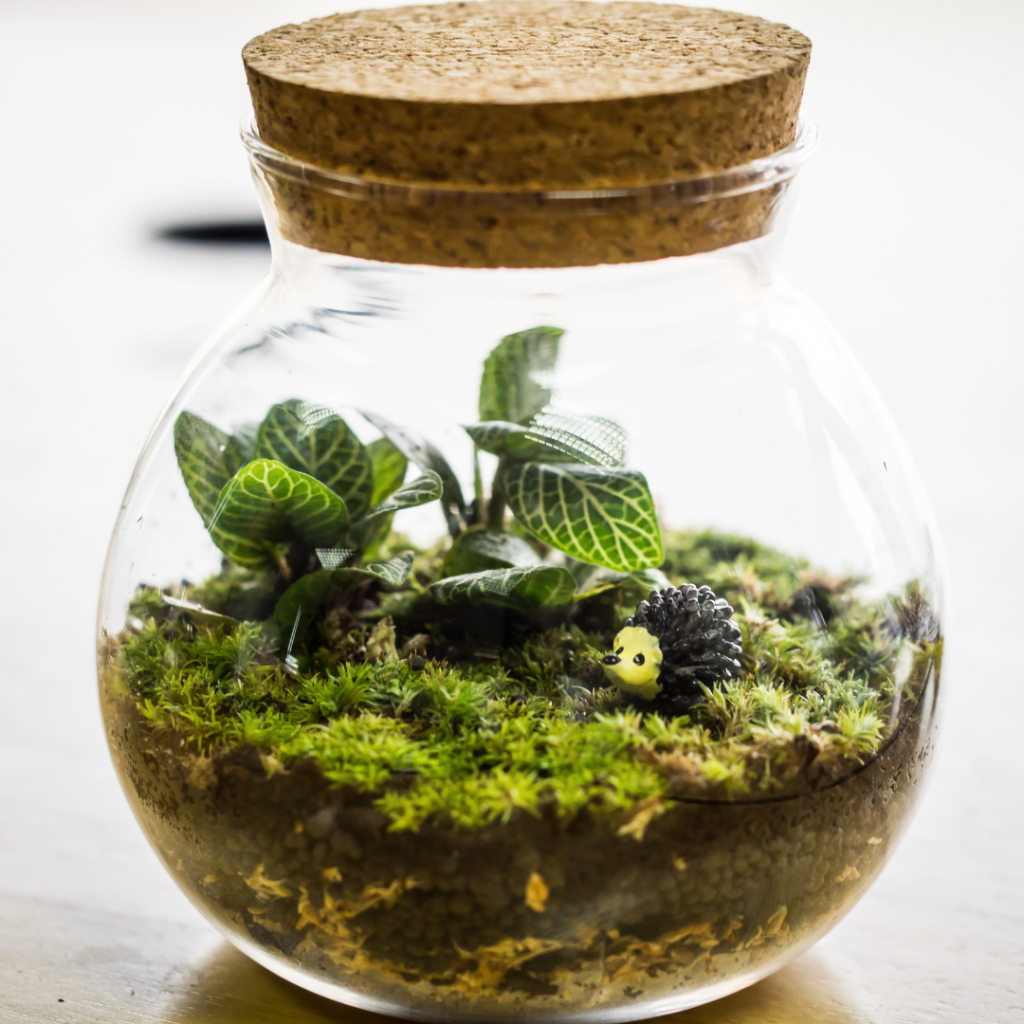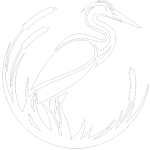Our Earth
Ecosystems are connected across the Earth, so we’re digging deep into how everything works together and what’s below the surface.
What is an Ecosystem?
An ecosystem is a community of living organisms and nonliving things in a area, interacting as a system.
Layers of the Earth
- Crust
- Mantle
- Outer Core
- Inner Core
Investigative Prompt
What did your neighborhood look like 10 years ago? 100 years ago? 100,000 years ago?
On your next visit to a nature space near you, see if you can find the answers to these questions:
- What kind of ecosystem do you think was here?
- What kind of wildlife used to live here? Do they still?
- What would happen to communities downstream if our current ecosystem drastically changed?
Look for evidence that the area is connected to another place or community. Rocks, invasive species, or even human impacts can show evidence of impact from other communities or even countries from around the world!
Do some research!
- Find an old photo of someplace near you, and compare with what it looks like now.
- What has changed because of natural causes (weather events, erosion, or droughts)? What has changed because of human causes (mining, construction, pollution)?
Downloadable worksheets

Project Prompt
Option 1: Water Cycle Terrarium
Create A terrarium that has a sealed lid and plenty of nutrients can last decades. Nutrients, water and energy cycle continuously in a terrarium, making it a perfect example of an mini-ecosystem. As a closed system, it shouldn’t need additional water or food.
- In order for your terrarium to work, you need a sealable clear jar (sunlight must still be able to reach plants inside). You can have fun with the shape!
- Then layer rocks and sand to create a “riparian layer”. This allows a space for water to collect and drain after it condenses in the inside of the jar. Experiment with thickness of rock and sand depending on your jar shape.
- Add a thin layer of charcoal, such as aquarium charcoal or natural coals (not briquettes) to help keep the filter the water cycle. This will help keep you soil and plants healthy.
- On top of that put fertile soil (like potting soil) before placing your producers (plants). Make sure to pick small plants that will do well in the amount of sunlight where you’ll place your terrarium and with high humidity. Moss or Oak Leaf Creeping Fig are great examples.
- Then you want to make sure to introduce decomposers to help cycle nutrients. These can be in the form of ting “spring tails” bugs or worms.
- Then add a little water to water your plants and moisten the soil. If you add the right amount, you’ll only see condensation inside your terrarium in the mornings and evening after sealing it. If you see too much condensation, you can open, wipe out excess moisture and reseal.
- Finally decorate with twigs, rocks, shells or any decoration you desire. And add a little water to water your plants and moisten the soil. Then seal the terrarium and enjoy!
Additional Projects and Materials


Additional Resources and Activities
Dig deeper with Our Earth in these additional coloring sheets, activity booklet, and other short videos.
- Water Pollution & Conservation Booklet
- Carbon Cycle Worksheet
- Earth’s Layers Coloring Worksheet
- Water Cycle Coloring Sheet
- Geology Parfaits Activity
- Guide to Plate Boundaries
- When 27M Tons of African Dust falls upon Amazon|National Geographic-Video
- Phytoplankton: Arguably the Most Important Life on Earth-Video
- Plastic Ocean -Video[**Warning: Viewing includes deceased wildlife due to plastic consumption**]

